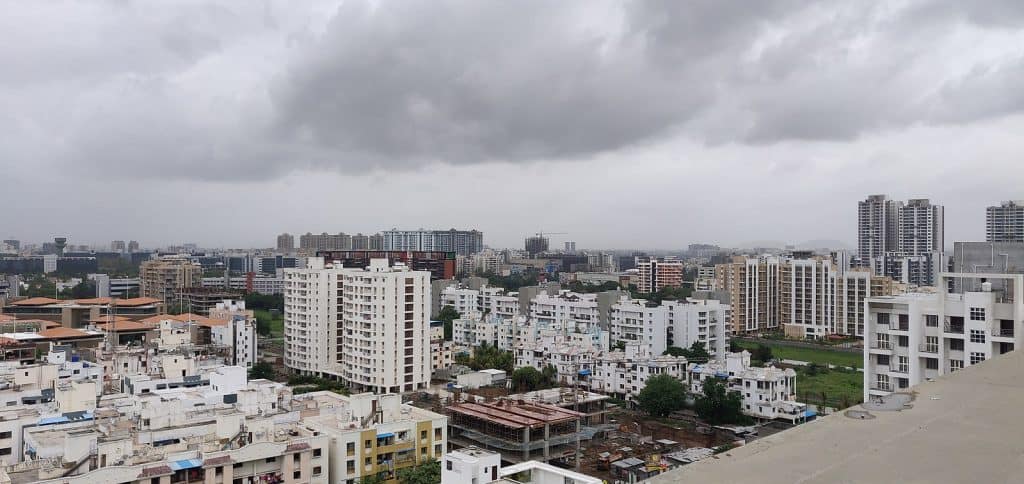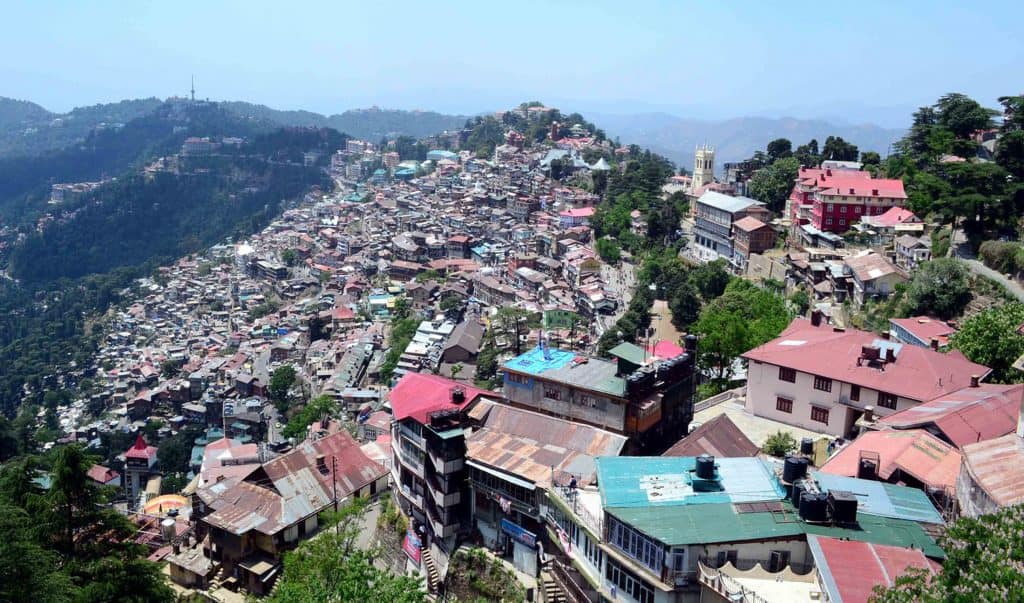June 25th, 2021 marked the sixth anniversary of the launch of the Smart Cities Mission (SCM). Positioned as a game changer by NDA-1, the terminology and packaging of the scheme caught public attention as a novel idea for urban development. Rankings were announced to mark the anniversary in which Indore and Surat were declared the country’s best smart cities, and Uttar Pradesh the best state.
This is the first time that states have also been ranked, with Madhya Pradesh and Tamil Nadu ranked second and third. The Centre also announced joint winners under the COVID innovation category — Kalyan-Dombivali and Varanasi.
A quick flashback to the COVID pandemic, both first and second waves. Surat and Indore are glaring examples of how city governments ought not to handle a crisis. Surat had experienced widespread labour unrest, where workers were abandoned by the administration during the lockdown. Indore saw absolute chaos during the second wave, registering the highest COVID deaths in the state, while Varanasi witnessed the gruesome spectacle of corpses floating in the Ganges.
None of the costly Smart City Integrated Command and Control Centres (ICCC) in these cities were effective in contributing anything meaningful to control the pandemic.
Read more: Apps and more from Pune Smart City to battle COVID, but not all are cheering!
We draw the following lessons from these schemes before arriving at suggestions to move ahead.
SPVs undermining local government?
Firstly, Smart Cities Mission (SCM) selected about 100 cities in batches, covering almost 21% of India’s urban population and emerging cities. The programme aimed to execute more than 5,924 projects bringing in investments of more than Rs 200,000 crore within five years from the date of selection. These projects were meant to improve core infrastructure and services to make cities more liveable, economically vibrant and environmentally sustainable.
However, as of date, 49% of the 5,196 projects for which work orders were issued remain unfinished, as per government data. Among 33 cities which completed their five-year duration this year, 42% projects are incomplete. As on June 23rd, 2021, Rs 40,622 crore has been released of which Rs 27,862 crore (69%) was utilised, according to utilisation certificates.
Special Purpose Vehicles (SPVs) were created in every city to implement the Smart Cities Mission on a PPP model. Operating as Limited Companies under the Companies Act, 2013, these were meant to corporatise the process and cut through the political clutter. In reality, however, the SPVs ended up bypassing the democratic process.
This goes against the 74th Amendment Act, 1992, that gives autonomy to local bodies and encourages decentralisation. Many cities and states opted out of the mission as they disagreed with the limiting of powers of local governments and states.
Now, SPVs have become the standard modus operandi for many urban projects, destroying the governance framework of ULBs and the original Amendment’s objective of incentivising empowerment of local agencies.
It is worth remembering here that only areas with strong local bodies were able to effectively respond to the pandemic.
Where is the data?
Secondly, while capturing data and meticulous follow up on the implementation of schemes was emphasised, there seems a complete lack of transparency in sharing of information and relevant details of proposals and projects. Aside from grand announcements of success of projects, there is hardly any granular data in the public domain that enables proper social audit. Initially, there were more proactive disclosures of the projects, proposals and plans, but now almost nothing seems forthcoming.
The age of the consultant
Thirdly, with respect to financial support required by ULBs, these schemes come with riders and a ‘reform’ agenda, that prompt and incentivise ULBs to focus more on competing for approval and funding of schemes and rating them on certain parameters. This pushes the ULBs to invest in projects that are the lowest priority in their cities and does not suit their context. There are also instances of assets of ULBs being sold off at market value to raise investments for schemes under the Smart Cities Mission.

The biggest beneficiaries of such urban development schemes are the lengthening list of ‘consultants’. This may be construed at the macro level as “a competitive spirit imbuing the missions” contingent on the ranking. But the reality is it pressures local bodies to act against the needs of its population.
More importantly, the mission has limited benefits to a majority of city dwellers with 80% funds dedicated to area-based development. A classic example is Pune, where only 0.8% of population will benefit from these schemes.
Instead, if the SCM had only focused more on basic services like healthcare, education, housing, and transportation, the so called smart cities would have been better equipped to deal with the pandemic.
Read more: Smart city Bhubaneswar yet to get proper wastewater treatment infrastructure
Top-down governance
The fourth point is on capacities and roles of local agencies. Though it has been more than 25 years since the 74th Amendment, ULBs remain without adequate resources and structures needed for proper governance. Most functions remain under the control of state governments, with only sanitation and some other basic services under their control.
As a result, programs like TULIP, The Urban Learning Internship Programme in partnership with the Ministry of Education, which aimed at transforming cities with youthful and innovative ideas, end up as means to control the functioning of cities from ‘above’.
Fifth, the push for creating this new “urban space at a rapid pace with the increasing use of technology” is leading to a different concern, of it not being participative and democratic. Organic local engagements that facilitate a semblance of democracy at the grassroots is being replaced with engagements and consultations with select ‘smart’ few. Twitter impressions and Facebooks likes are also being projected as public participation.
While recognizing that technology helps reach out to more netizens, our urban centres cannot do away with public outreach programs with meaningful engagement with stakeholders and thereby losing out on critical ground-up feedback loops that make all the difference.
Smart vs sustainable

Lastly, as ideas for the future, the schemes lack an understanding on significant issues of sustainability, disaster management and resilience building. The biggest challenge facing Indian cities is not ‘smart’ development, but the need for ‘sustainable development models’, where ecological concerns are addressed, where pollution is controlled, and resources used efficiently.
Focussing on speed and scale is not best suited for this. As an afterthought, the Climate Smart Cities Assessment Framework was introduced, but a little too late.
Read more: All of Chennai can be slowly transformed in the next few years: Raj Cherubal, CEO, CSCL
It is only through decentralization, empowerment of urban local bodies through financial support and autonomy, coupled with participation of its citizenry that a new urban system can emerge. Rankings like this conferred on ‘smart cities’, do contribute to discussions on urban development. But they definitely do not constitute a “fascinating experiment involving a paradigm shift,” to use the words of a union minister.
Especially when the real impact has been debilitating to urban governance frameworks and the people who are in the margins of the urban development discourse.
Also read:
- Dehra’s Rs 295-crore nerve centre to integrate and coordinate civic service delivery: Smart city chief
- What does Rs 1,700 crore ‘Smart City’ plan for Bengaluru involve?
[With contributions from Aravind Unni, Urban Practitioner & Activist and Jasmine Singh, Urban Planner, based in Hyderabad]